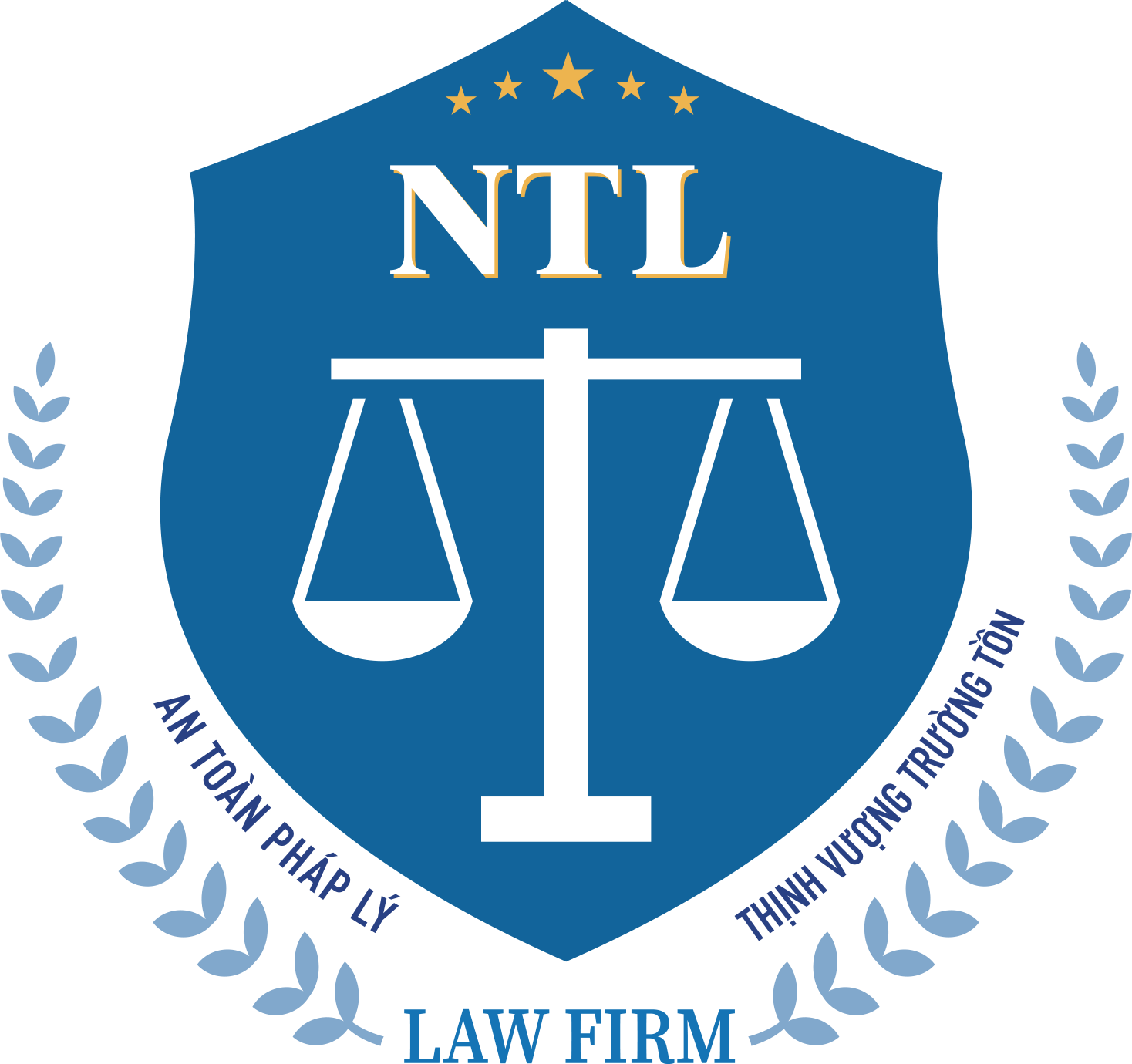
ASSESSING FACTORS AFFECTING CUSTOMER SATISFACTION WITH REAL ESTATE BROKERAGE SERVICES IN GIA LÂM DISTRICT, HÀ NỘI CITY
ASSESSING FACTORS AFFECTING CUSTOMER SATISFACTION WITH REAL ESTATE BROKERAGE SERVICES IN GIA LÂM DISTRICT, HÀ NỘI CITY
Nguyễn Văn Quân
Bùi Nguyên Hạnh
Nguyễn Thị Thúy Ngân
Vietnam National University of Agriculture
Abstract:
The research objective of this study is to determine the level of impact of factors affecting customer satisfaction with real estate brokerage services (REBS) in Gia Lâm District, Hanoi City. The data for the research was collected from surveys of 30 experts in the real estate brokerage sector and 130 customers who have used REBS in the district. Through the quantitative research method using SPSS20 software following these steps: scale testing, exploratory factor analysis (EFA), and linear regression. The study identified four factors affecting customer satisfaction with REBS in Gia Lâm District, namely: responsiveness, reliability, tangible means, and assurance, with impact coefficients respectively: 0.346, 0.283, 0.161, 0.132.
Keywords: Customer satisfaction, real estate brokerage services
I. INTRODUCTION
Under the influence of the rapid urban development in Vietnam, the demand for real estate transactions is increasing, especially in Gia Lâm District, Hà Nội City, which has witnessed the emergence of numerous new urban areas and has attracted thousands of people to live there in recent years. A significant number of real estate exchanges and individuals engaged in real estate brokerage are participating in real estate projects in the district (according to Thanh Vũ, 2023, Land prices in Gia Lâm District exceed 100 million VND/m2, Real Estate Investment Online Newspaper).
Based on this reality, we propose the research topic: “Assessing Factors Affecting Customer Satisfaction with Real Estate Brokerage Services in Gia Lâm District, Hà Nội City” to identify the factors influencing customer satisfaction when using real estate brokerage services, as a foundation for developing strategies to improve the quality of these services.
II. RESEARCH METHODOLOGY
The research methodology used is both qualitative and quantitative. The qualitative research was conducted by consulting 30 experts who identified 5 groups of factors with 22 criteria considered to affect customer satisfaction. Based on this, a research model and measurement scales were developed. The quantitative research was carried out using a Likert scale (5 levels) to measure the values of selected observed variables for exploratory factor analysis (EFA).
The quantification of factors affecting customer satisfaction with real estate brokerage services (REBS) includes three steps: (1) Scale testing; (2) Exploratory factor analysis (EFA); (3) Linear regression analysis.
Data for the research was collected through online survey questionnaires. According to Hair et al. (2006), the minimum sample size for using EFA is 50, preferably 100, and the ratio of observations to measurement variables is 5:1. Specifically, the proposed research model has 22 observed variables. Thus, the minimum sample size for the study is 22 x 5 = 110 samples. In practice, the research was conducted by surveying 130 customers during the period from March 2024 to April 2024. Therefore, the data collected ensures the effective implementation of the research model.
Figure 1. Proposed Research Model
Reliability (X1) | Customer satisfaction (CN) | Control variables: X6: Age (over 35) X7: Gender (Male) X8: Income (over 30 million VND) X9: Education level (Postgraduate) |
Tangible means (X2) | ||
Assurance (X3) | ||
Responsiveness (X4) | ||
Empathy (X5) |
CN=f(X1, X2, X3, X4, X5, X6, X7, X8, X9)
III. RESEARCH RESULTS AND DISCUSSION
- Reliability Assessment of the Scale (Cronbach Alpha Test)
The reliability of the scale measuring customer satisfaction with real estate brokerage services (REBS) was tested for 22 variables belonging to 5 factors. The Cronbach’s Alpha coefficient > 0.6 indicates that the scale meets the reliability criteria for conducting the research (according to Nunnally Bernstein, 1994). It was found that the factor correlation coefficient is > 0.3, thus the 22 observed variables are significant and adequately explain the factors.
Table 1. Results of Reliability Assessment of the Scale
Code | Content | Factor Correlation | Cronbach’s Alpha if Item Deleted |
(DU) Responsiveness: Cronbach’s Alpha is 0.776 | |||
DU1 | Always ready to serve | 0.536 | 0.744 |
DU2 | Ability to handle arising issues quickly | 0.626 | 0.697 |
DU3 | Meeting customer requirements | 0.601 | 0.711 |
DU4 | Diverse sources of goods | 0.555 | 0.735 |
(TC) Reliability: Cronbach’s Alpha is 0.853 | |||
TC1 | Reasonable transaction fees | 0.705 | 0.812 |
TC2 | Providing reliable information | 0.716 | 0.809 |
TC3 | Company always fulfills commitments to customers | 0.686 | 0.817 |
TC4 | Good customer information confidentiality | 0.619 | 0.834 |
TC5 | Providing services on time | 0.599 | 0.839 |
(CT) Empathy: Cronbach’s Alpha is 0.794 | |||
CT1 | Empathy with customers | 0.661 | 0.701 |
CT2 | Caring for customers | 0.691 | 0.662 |
CT3 | Understanding customers | 0.577 | 0.782 |
(HH) Tangible Means: Cronbach’s Alpha is 0.835 | |||
HH1 | Comfortable working environment for customers | 0.698 | 0.783 |
HH2 | Human resources meeting customer requirements | 0.562 | 0.820 |
HH3 | Facilities meeting customer requirements | 0.721 | 0.775 |
HH4 | Legal status of the brokerage company | 0.663 | 0.793 |
HH5 | Communication materials suitable for customers | 0.536 | 0.827 |
(BD) Assurance: Cronbach’s Alpha is 0.856 | |||
BD1 | Professional brokerage services | 0.778 | 0.796 |
BD2 | Brokers have good attitudes | 0.752 | 0.805 |
BD3 | Brokers have high professional knowledge | 0.709 | 0.817 |
BD4 | Brokers grasp market prices | 0.731 | 0.809 |
BD5 | Brokers have good communication skills | 0.397 | 0.887 |
(Dependent Variable CN) Satisfaction: Cronbach’s Alpha is 0.852 | |||
CN1 | I feel comfortable and secure using REBS | 0.716 | 0.799 |
CN2 | I will continue to use REBS | 0.717 | 0.797 |
CN3 | I will recommend friends and family to use REBS | 0.733 | 0.783 |
- Exploratory Factor Analysis
The results of the first exploratory factor analysis showed that the variable BD5 did not converge in the BD group but rather in the CT group. We moved BD5 to the CT group, renamed it CT4 (employees with good communication skills), and reran the analysis. The second results with the tests ensured the following: The reliability of the observed variables > 0.5; KMO model adequacy test = 0.88 (within the range of 0.5 to 1); Bartlett’s test of sphericity for correlation among observed variables Sig = 0.00 < 0.05; Cumulative variance test = 66.64% > 50%.
Table 2. Factor matrix after rotation
Code | Observed Variables | Factor | ||||
1 | 2 | 3 | 4 | 5 | ||
DU1 | Always ready to serve |
|
|
| 0.648 |
|
DU2 | Ability to handle arising issues quickly |
|
|
| 0.771 |
|
DU3 | Meeting customer requirements |
|
|
| 0.748 |
|
DU4 | Diverse sources of goods |
|
|
| 0.798 |
|
TC1 | Reasonable transaction fees | 0.709 |
|
|
|
|
TC2 | Providing reliable information | 0.757 |
|
|
|
|
TC3 | Company always fulfills commitments to customers | 0.781 |
|
|
|
|
TC4 | Good customer information confidentiality | 0.694 |
|
|
|
|
TC5 | Providing services on time | 0.653 |
|
|
|
|
HH1 | Comfortable working environment for customers |
| 0.680 |
|
|
|
HH2 | Human resources meeting customer requirements |
| 0.611 |
|
|
|
HH3 | Facilities meeting customer requirements |
| 0.790 |
|
|
|
HH4 | Legal status of the brokerage company |
| 0.681 |
|
|
|
HH5 | Communication materials suitable for customers |
| 0.663 |
|
|
|
BD1 | Professional brokerage services |
|
| 0.755 |
|
|
BD2 | Brokers have good attitudes |
|
| 0.851 |
|
|
BD3 | Brokers have high professional knowledge |
|
| 0.819 |
|
|
BD4 | Brokers grasp market prices |
|
| 0.687 |
|
|
CT1 | Empathy with customers |
|
|
|
| 0.633 |
CT2 | Caring for customers |
|
|
|
| 0.718 |
CT3 | Understanding customers |
|
|
|
| 0.773 |
CT4 | Good communication skills |
|
|
|
| 0.608 |
The results identified five groups of factors affecting customer satisfaction, namely: reliability (X1), tangible means (X2), assurance (X3), responsiveness (X4), empathy (X5).
- Linear Regression Analysis
The research team conducted a regression model analysis, where the independent variables X1, X2, X3, X4, and X5, along with additional variables X6, X7, X8, and X9, influence customer satisfaction (the dependent variable is Customer Satisfaction).
Table 3. Results of Linear Regression Analysis
Factor | Beta Coefficient | Standardized Beta Coefficient | VIF |
Constant α | 0.040 |
|
|
X1: Reliability | 0.312 (0.00) | 0.283 | 1.712 |
X2: Tangible Means | 0.145 (0.11) | 0.132 | 1.970 |
X3: Assurance | 0.161 (0.04) | 0.161 | 1.772 |
X4: Responsiveness | 0.406 (0.00) | 0.346 | 1.239 |
X5: Empathy | -0.092 (0.34) | -0.083 | 2.134 |
X6: Age over 35 | 0.266 (0.14) | 0.131 | 2.299 |
X7: Male | -0.332 (-0.00) | -0.162 | 1.076 |
X8: Income over 30 million | -0.338 (-0.12) | -0.096 | 1.112 |
X9: Postgraduate | 0.262 (0.12) | 0.128 | 1.970 |
Adjusted R2 | 55.6% | ||
Sig. F Coefficient | 0.000 | ||
The regression analysis results of the model show that the R2 coefficient = 55.6%. The Durbin-Watson coefficient of the model is within the range of 1.5 to 2.5, indicating no autocorrelation (Yahua Qiao, 2011). The Variance Inflation Factor (VIF) of the variables in the model is less than 10, so we conclude that there is no multicollinearity (Mai, 2008).
Based on the regression analysis results, with 90% confidence, the factors affecting customer satisfaction from largest to smallest are: responsiveness, reliability, assurance, tangible means, and empathy does not affect customer satisfaction with REBS.
The standardized regression equation of the model is:
CN = 0.346*DU + 0.283*TC + 0.161*BD + 0.132*HH
The regression analysis results indicate a 90% confidence level that there are differences in satisfaction between male and female customers using REBS. Female customers have higher satisfaction levels than male customers when using REBS. The results do not confirm differences in satisfaction based on income, education level, and age when using REBS.
IV. CONCLUSION
The research results have achieved the set objective of identifying factors affecting customer satisfaction with real estate brokerage services (REBS) in Gia Lâm District, Hà Nội City. The results have identified factors affecting customer satisfaction, namely: responsiveness, reliability, assurance, tangible means, and customer gender. The factor with the most substantial impact on customer satisfaction is responsiveness. This serves as a basis for managers, business leaders, and company executives to develop strategies to improve service quality and meet customer expectations when using REBS.
References
- Hoàng Trọng and Chu Nguyễn Mộng Ngọc, 2008. “Data Analysis with SPSS,” Volume 1-2. Hồng Đức Publishing House.
- Nguyễn Quốc Nghi, Nguyễn Thị Bảo Châu, Trần Thị Diễm Cần, Nguyễn Thị Đinh Phượng (2012). “Factors Affecting Customer Satisfaction with Real Estate Consultancy and Brokerage Services,” Journal of Science, Ho Chi Minh City Open University, Issue 7.
- Parasuraman, Zeithaml, and Berry (1985). “A conceptual model of service quality and its implications for future research,” Journal of Marketing, Vol. 49: 41-50.
- Parasuraman, Zeithaml, and Berry (1988). “Servqual: A Multi-Item Scale for Measuring Consumer Perception of Service Quality,” Journal of Retailing, Vol 64, No 1.
- Parasuraman, Zeithaml, and Berry (1991). “Refinement and reassessment of Servqual scale,” Journal of Retailing, Vol.67: 420-50.
If you need more consulting, please Contact Us at NT International Law Firm (ntpartnerlawfirm.com)
You can also download the .docx version here.
“The article’s content refers to the regulations that were applicable at the time of its creation and is intended solely for reference purposes. To obtain accurate information, it is advisable to seek the guidance of a consulting lawyer.”

LEGAL CONSULTING SERVICES
090.252.4567NT INTERNATIONAL LAW FIRM
- Email: info@ntpartnerlawfirm.com – luatsu.toannguyen@gmail.com
- Phone: 090 252 4567
- Address: B23 Nam Long Residential Area, Phu Thuan Ward, District 7, Ho Chi Minh City, Vietnam
